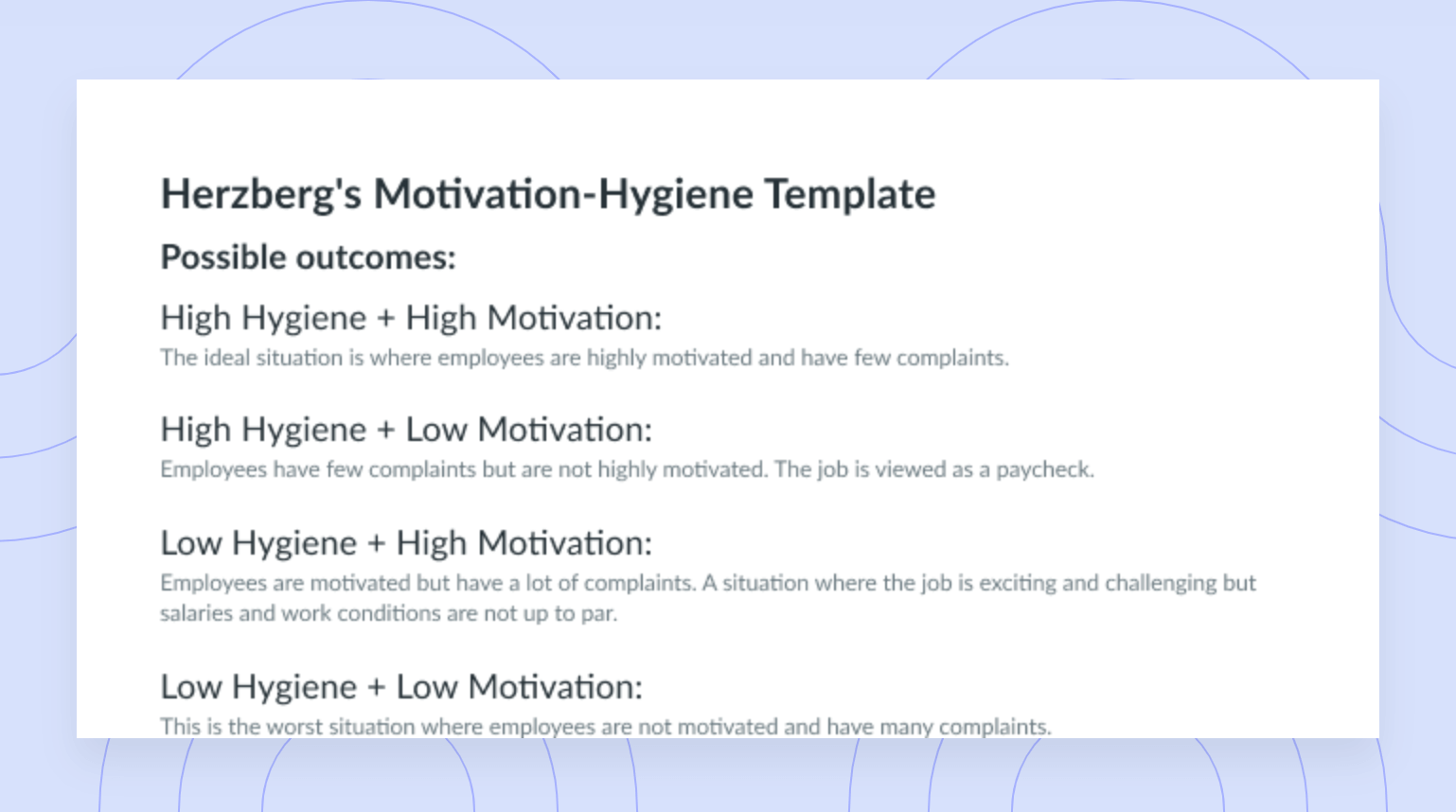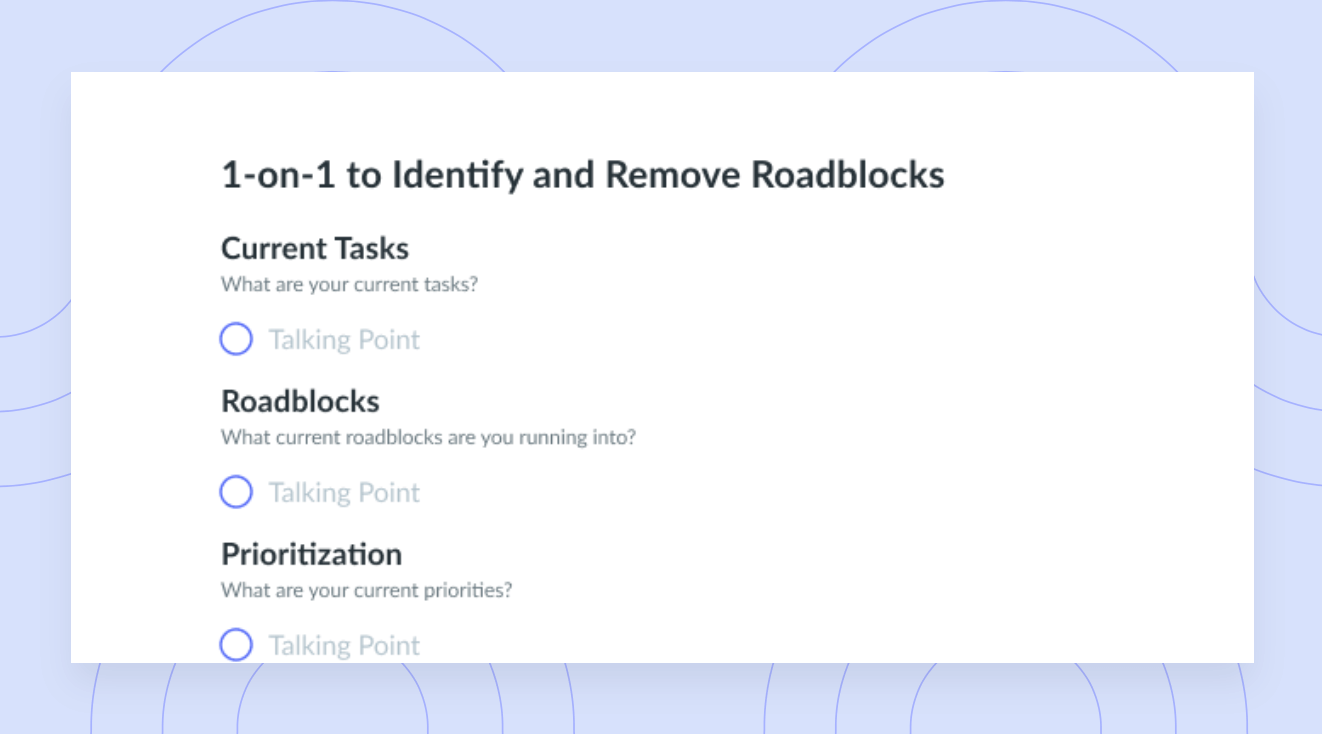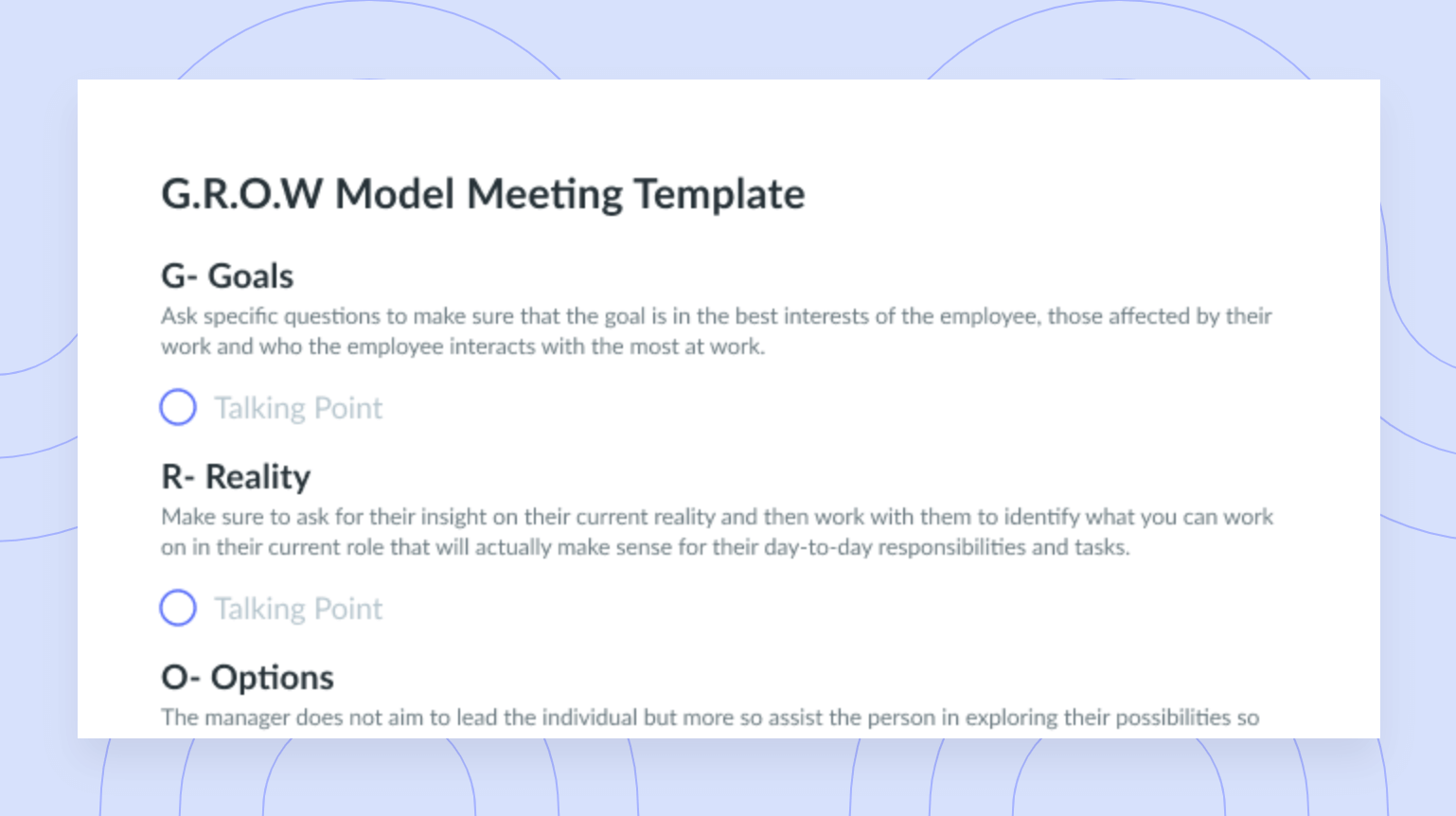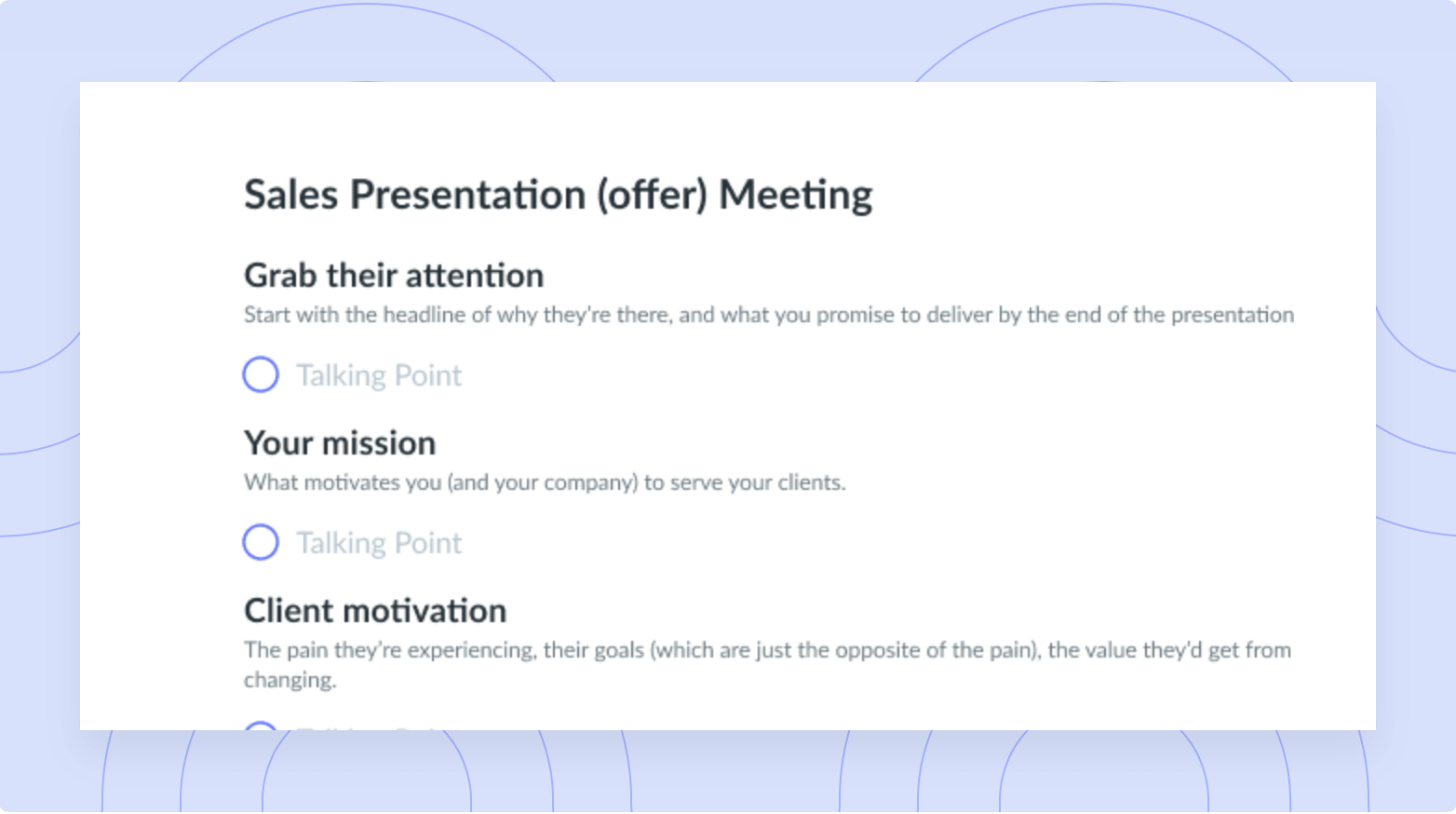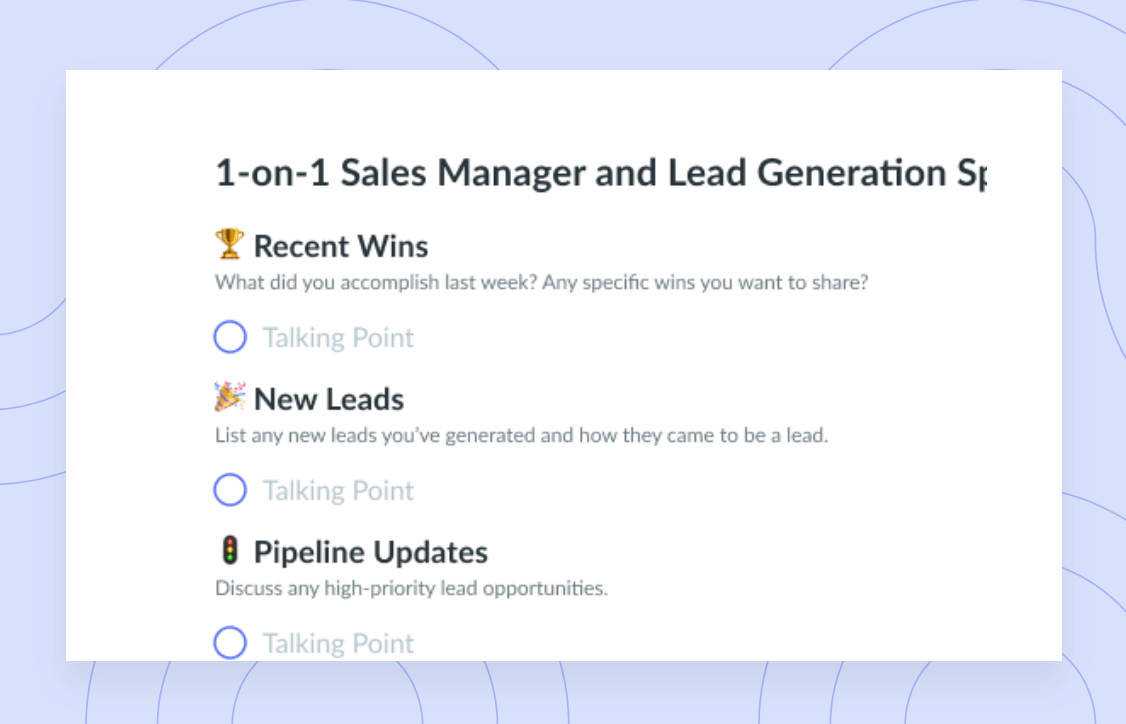Identifying Your High-Performing Employees and 5 Ways to Retain Them
High-performing employees require coaching and feedback to continue to grow and improve. Identify and retain your superstar employees with these 5 tips.
We spend significant amounts of time and money recruiting top talent. Some companies pay (a lot of money) for recruiters, while some companies require upwards of five rounds of interviews to land the top quality candidate.
But why do you invest in costly resources to secure high-performing employees yet fail to invest in similar resources to retain them after you hire them?
We are in a high-performing crisis, and you need to do better at retaining them once they’re on your team.
- What is a high-performing employee?
- How to identify your high-performing employees
- 5 ways to support high-performers
What is a high-performing employee?
High-performing or “superstar” employees are skilled at what they do and demonstrate exceptional effort. If you have a member on your team who is:
- proactive,
- eager to take on new projects that challenge them,
- constantly seeking feedback,
- and actively and continuously improving and growing their skills
…you have a high-performer on your team.
As a manager, you are likely spending more of your time and energy putting out fires and dealing with your under-performing employees. Even though it’s a necessary part of your job to provide coaching and constructive feedback when someone makes a mistake, spending too much time on under-performing employees can actually backfire.

Retain high-performers
Support high performers by giving them recognition and continuous feedback during your one-on-ones using a collaborative tool like Fellow!

How to identify your high-performing employees
Many managers only provide coaching and give feedback to employees who are struggling. What is often forgotten is that your high-performing employees are equally deserving and are wanting that same coaching and feedback so they can grow and improve, too.
Spending all your precious time and energy focusing on struggling employees can lead your high-performing employees to become impatient and resentful. You’re punishing your top performers by ignoring them, even if it’s unintentional.
The first step to being a better manager for your high-performing employees is by taking a moment to identify who your high-performers are. It may feel odd, but the easiest and most effective way to identify your high-performing employees is to plot your staff on the GE-McKinsey Matrix above. It is best to do so every 6 months as individual’s skillset and mindset can change.
The second step is being aware of what you are (or are not) doing to support them. While it is important to continue to give the attention and support to the under-performers on your team, you need to make sure you are reserving some energy and time to support your top performers, too.
So, you now know who your high-performers are thanks to the GE-McKinsey Matrix, and you know you need to do better to support them. But you may not know how to support them.
5 ways to support your high-performing employees
1 Give them recognition
One of the dangers of having a high-performing employee on your team is that they are easily neglected and often taken for granted. Afterall, you don’t need to remind them of upcoming project deadlines since they always finish projects ahead of schedule. And you certainly don’t need to give them encouragement because they are always so good at what they do.
Wrong!
As human beings, we want to be praised and recognized for our efforts. It’s basic human psychology and science: we get a rush of feel-good hormones, like dopamine, when we are praised for a job well done.
Before giving your high-performing employees their well-deserved recognition, you should first ask them how they prefer to receive recognition. This is the platinum rule: treat others the way they want to be treated (compared to the golden rule: treat others the way you want to be treated).
There are five main ways people like to receive appreciation and recognition, and people usually have a preference for one:
- Words of affirmation (provide verbal praise, such as in a team meeting or a 1-on-1)
- Quality time (one-on-one meetings for uninterrupted conversation)
- Acts of service (offer assistance on projects or tasks)
- Gifts (buy them a coffee or their favourite lunch)
- Appropriate physical touch (a high five, handshake, or pat on the back)
Recognition will only resonate if it’s in the way the employee wants to be recognized. Make an effort to ask each of your employees (even if they are not one of the high-performers on your team) during your next one-on-one meeting for their preferred method of recognition. This is a strategy that should be used for all employees – but make extra effort to give recognition to your high-performers so they don’t feel forgotten.
2 Ignite their intrinsic motivation
Showing appreciation and recognition, outlined above, is a great way to ignite extrinsic motivation, or behaviour that is driven by external rewards.
But extrinsically motivating employees can be a slippery slope – you don’t want your employee to only do good work after you praise them. They need to learn how to motivate themselves when you’re not available to cheer them on.
Intrinsic motivation comes from within the individual. It’s internal, natural gratification that propels the individual to continue to grow, learn, and develop.
You can identify what intrinsically motivates your high-performers by asking them, but also by observing what makes them shine. For many high-performers, intrinsic motivation kicks in when you give them independence and autonomy over their work, opportunity to grow their skills through training and professional development (such as through LinkedIn Learning or taking courses through college or university), and giving them opportunity to do work that interests them.
If a high-performer wants to lead a project or work on developing a new skill that may not even be directly related to their day-to-day job, let them! They’ll be more engaged, happier, and may be able to use their newly developed skills in ways you wouldn’t predict.
3 Use coaching and mentorship
Just because an employee isn’t struggling doesn’t mean they can’t improve. Once you’ve identified how your high-performing employee wants to be recognized and is intrinsically motivated to grow, provide them coaching and mentorship opportunities.
Ask them:
- What are your long-term goals?
- Where do you want to be 3 years from now?
- What skills do you want to learn?
- What projects do you want to lead?
Then help them make those dreams become a reality. If you don’t have the capacity or skillset to offer the coaching and mentorship they’re looking for, supplement the gaps by connecting them with colleagues in other departments or companies that can give them that support.
It may seem counterintuitive to give your high-performer opportunities to potentially jump ship to a new role, department, or organization, but do you want to be the manager that gets in the way of someone’s potential?
And if you don’t offer coaching and mentorship, they’re going to want to leave a whole lot faster!
4 Share continuous feedback
When we think of “feedback”, many people assume it means responding to issues, mistakes, and areas requiring improvement. This is known as critical feedback.
What is often lacking is positive feedback or praise: acknowledging what the employee is doing well.
But don’t just say “good job” or “great work”. There are specific ingredients to providing good feedback.
Feedback should be:
- Specific: Highlight the specific behaviour you’re praising them for
- Timely: The sooner you give positive feedback after the event you’re praising them for, the more impactful it will be
- Personal: It’s easy to give generic, surface-level positive feedback. Find ways to make what you’re saying meaningful and unique to the individual
- About a variety of accomplishments: Giving praise about the same successes over and over can feel phony and forced. When giving praise to the same person, find new things to praise them for
- Connected to larger purpose: Positive feedback that is tied to a larger purpose – like your team’s or company’s mission and vision – can transform extrinsic motivation to intrinsic. It shows the high-performer that their efforts are important for their own success as well as their team’s/company’s success
5 Offer career development opportunities
As tempting as it is to want to hang onto your high-performers for dear life and never let go, it isn’t realistic or fair. Employees make more frequent career changes than ever before, and it continues to increase in frequency as younger generations enter the workforce.
Instead of being a roadblock to your high-performer’s future success, be the bridge that gets them there.
If there are skills that would benefit your high-performer in the long-run, give them the opportunities to grow those skills through formal education or having them take on projects to learn those skills.
Another great way to give a high-performer meaningful opportunity is through job shadowing or secondments. Ask your high-performer what their dream job or dream role is. If their ideal job happens to be within your organization, encourage them to have an informational interview with someone in that role or to job-shadow for a few days. It’s good professional karma.
By now, you probably have a strong sense of who your high-performing employees are. Challenge yourself to try at least one strategy this week to offer your high-performers the support they deserve!
TL;DR:
- High-performing employees are incredibly skilled and demonstrate high effort
- Managers need to shift how they spend their time: less energy on under-performing employees and more energy on high-performing employees
You can support your high-performing employees in 5 simple steps:
- Give them recognition
- Ignite their intrinsic motivation
- Use coaching and mentorship
- Share continuous feedback
- Offer career development opportunities









